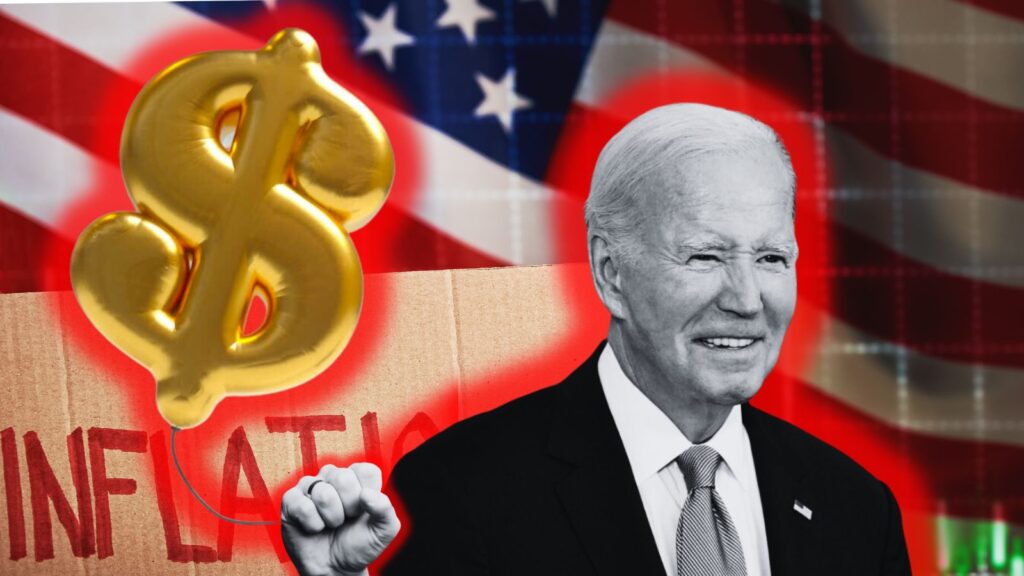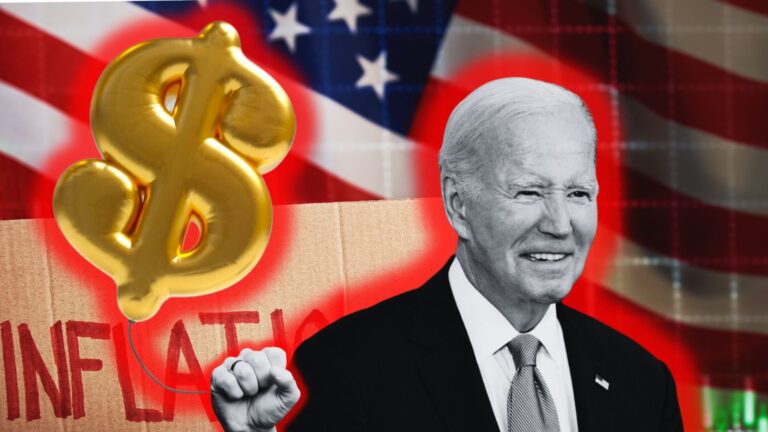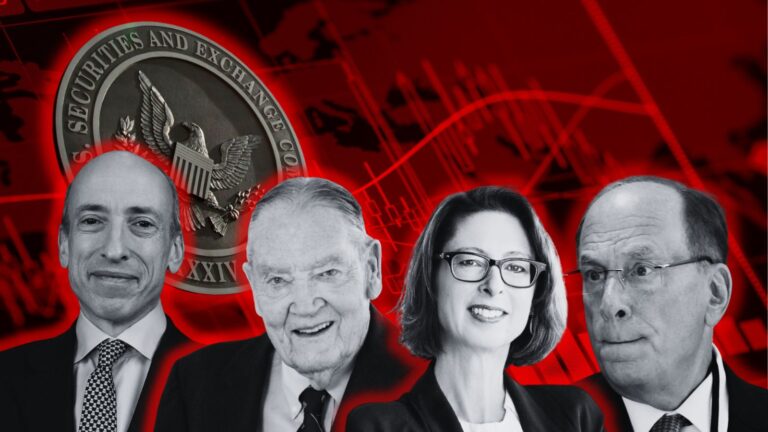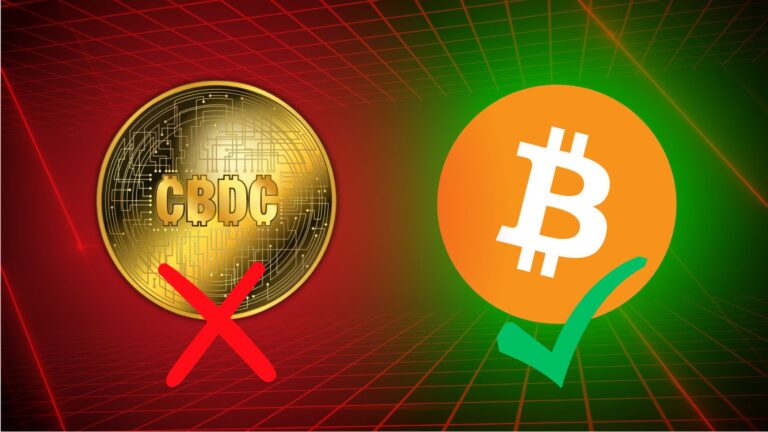
TL;DR: This article unpacks the economic paradox of low unemployment rates coexisting with skyrocketing inflation in the United States under President Biden’s administration. While the U.S. economy has seen a significant recovery from the pandemic, the cost of living has soared dramatically, making it increasingly challenging for many Americans to make ends meet.
The Enigma of Economic Indicators Under Biden: Unemployment Low, Inflation High
President Biden has touted the low unemployment rate under his administration, stating it is the lowest in decades. However, this coincides paradoxically with the highest inflation in 40 years, over 8%. This article will analyze potential causes of this divergence between unemployment and inflation and examine perspectives from experts and everyday Americans on the impact.
Unemployment and Inflation: Understanding the Divergence
Historically in economics, low unemployment corresponded with high inflation, while high unemployment with low inflation or deflation. This relationship made logical sense — more people working and earning drives up demand, pushing prices higher.
However, the current disconnect between low 4% unemployment and 8.5% inflation has puzzled economists. As one expert explains, normally “low levels of unemployment typically corresponded with higher inflation, while high unemployment corresponded with lower inflation and even deflation.”
Several theories attempt to explain the divergence:
- Pandemic shifts in demand and supply: Consumers slammed the brakes on spending early in the pandemic, then ramped up again faster than companies could increase production. This supply/demand mismatch drives inflation.
- Russia’s invasion of Ukraine: Sanctions on Russian oil dramatically impacted energy prices and supply chains, rippling outward.
- Strong labor market: Worker shortages in a tight labor market has driven up wages, fueling inflation.
So in summary, “There are multiple causes of inflation” beyond standard unemployment/inflation relationships, an expert notes.
Impact on Everyday Americans
While the macroeconomic trends reveal conflicting signals, how are these dynamics playing out for average citizens? The impact seems highly uneven.
Those with lower incomes are most affected by rising prices for essentials like food, rent, and gas. Over 20% of households earning under $50,000 have cut grocery budgets. Higher earners above $100,000 are far less affected.
Some key comments from citizens:
- “Try feeding a family of 7 when the cost of food has doubled.”
- “People can’t afford essentials or even rent.”
- “It’s so hard for families today to feed themselves.”
Many also believe corporations are intentionally amplifying price hikes beyond true inflation to boost profits. As one person argued, “this isn’t just inflation, this is corporations intentionally raising prices.”
The low headline unemployment rate masks severe hardship for many lower-income Americans as inflation eats away at incomes. Policymakers must find solutions that specifically help those struggling most amid the conflicting economic trends.
The question is not whether or not the economy is growing but whether it is doing so in a manner that brings about a more equitable distribution of prosperity. While centralized systems, be they corporate or governmental, bask in record profits and low unemployment statistics, the individual feels the chains of financial constraint tighten.
It’s high time we scrutinize not just the macro-economic numbers but also the lived experiences of citizens to measure the health of our economy. In this digital age, perhaps a different, decentralized approach to financial systems could offer a lifeline in navigating the choppy waters of today’s economic paradox.
Freedom is won, not granted, and the keys to financial liberty may lie in embracing innovations that return power to the individual.
Can Bitcoin Offer a Solution?
The economic instability and inequality highlighted by the conflicting unemployment and inflation trends have prompted many to explore alternatives to the current financial system. One option gaining attention is Bitcoin.
As a decentralized digital currency with a fixed supply, Bitcoin offers several features that address common criticisms of traditional fiat money:
- Transparency — The Bitcoin ledger is public for anyone to verify, in contrast to central bank policies enacted behind closed doors.
- Fairness — No single entity can manipulate Bitcoin’s supply or dilute holders’ purchasing power through inflation.
- Protection from inflation — Bitcoin’s supply is capped at 21 million coins, avoiding the inflationary pressures of fiat currencies with unlimited printing.
- Empowerment of the individual — Users can self-custody bitcoin and directly control their holdings, avoiding reliance on financial institutions.
While Bitcoin has its share of volatility, it offers an avenue for wealth preservation that stands apart from traditional fiat currencies, which are continually devalued by inflationary practices. Many view Bitcoin as “digital gold,” a long-term investment rather than a quick fix. It represents a shift toward an economic model based on scarcity and value rather than endless cycles of debt and inflation.
Bitcoin on its own may not resolve every economic challenge, but it does provide an alternative model to the current system many feel is rigged against them. In this world, power is redistributed. People regain control over their financial destiny, and the balance is tipped away from centralized institutions back towards the individual.
Thank you for reading “The Biden Economy: Unemployment Low, Inflation High“.
- Subscribe to our newsletter: ConsensusProtocol.org
- Follow us on Twitter: @ConsensusPro
Sources
- Woman Puts Inflation Into Perspective By Buying The Same Grocery List In 2020, 2022, And 2023
- Consumer Price Index for All Urban Consumers (CPI-U)
- Core US Inflation Rises to 40-Year High, Securing Big Fed Hike
- Why did inflation surge to a 40-year high?
- Inflation And Unemployment
- The Relationship Between Inflation and Unemployment
- Trade off between unemployment and inflation
Recent Stories

The Biden Economy: Unemployment Low, Inflation High
The vanguard of global commerce has been swept up in a wave of change, as over 62% of Fortune 100 companies…

Inside Information or Coincidence? The Suspicious Timing of Bitcoin Sell-Offs Before ETF Delays
TL;DR: The article discusses the SEC’s delayed decisions on Bitcoin ETF approvals and raises questions…

A Transformative Month for Crypto: August 2023’s Milestones
TL;DR: August 2023 has been a watershed month for the crypto industry, replete with significant events…

Why Opposing CBDCs Means Supporting Bitcoin
TL;DR: Central bank digital currencies represent centralized control over money and surveillance of transactions….
No posts found
